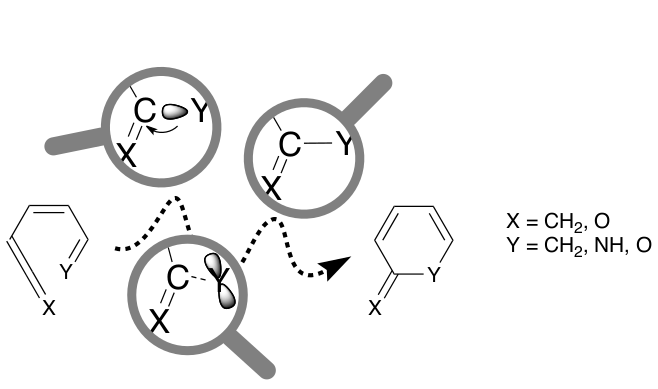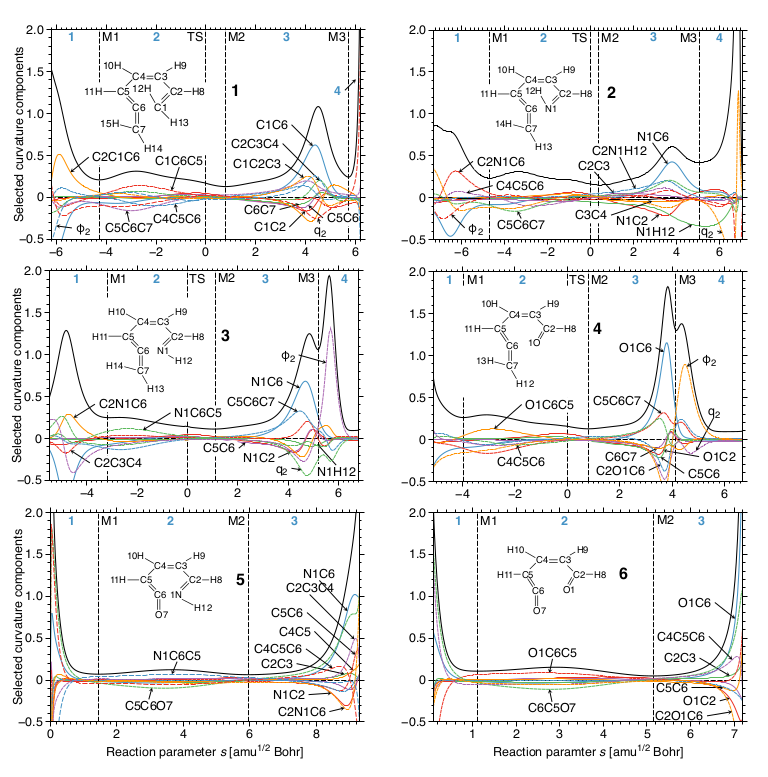Condensed-Phase Homogeneous metal catalysis
We look into metal-mediated reaction mechanisms to gain a deeper understanting of the catalytic processes. This atomistic level knowledge can be used improve various aspects of the metal mediated transformation: selectivity, energy requirements, yield, etc. We are particularly interested in catalytic processes in which coinage metals are involved (Ni, Cu, Ag, Au, etc) but we are not limited to these. Any catalytic process that seems to opperate through a convoluted, unknown or unexpected reaction mechanism falls within our interests.
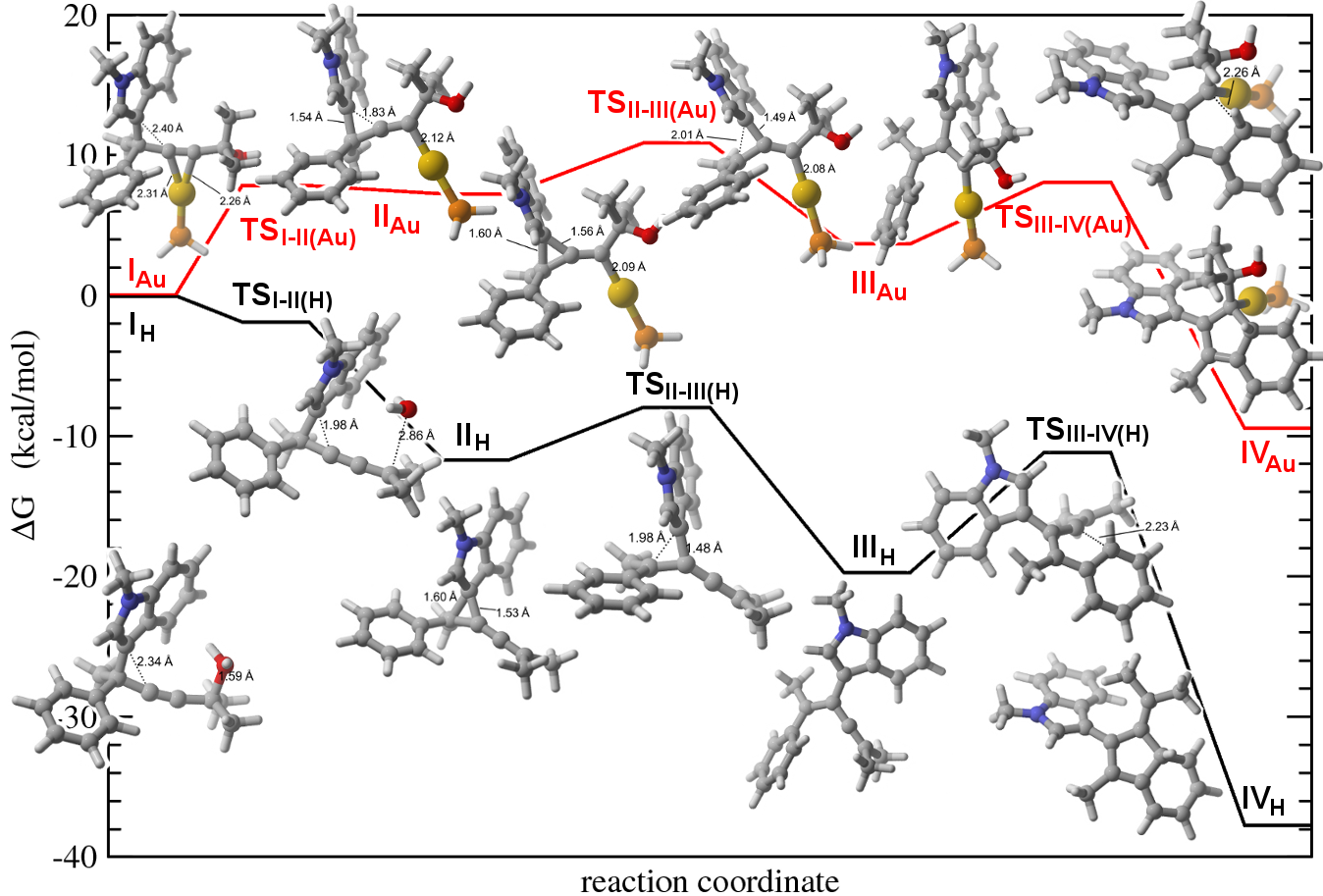
Gas-Phase Homogeneous metal catalysis
In order to be able to account for the exclusive effect of a metal cation in a catalytic process, the reaction needs to be isolated from other effects. One of the effects that may impart strong influence in any reaction, whether metal-mediate or not, is solvation. This effect is usually non-innocent and it also includes secondary effects carried by other species in solution: salts, creating ionic strength, other metal cations at trace level, that may act as co-catalysts, counterions, etc. To address the question of what is the unbiassed and exclusive effect of a particular metal in a catalytic process the best approach is to run the reaction in the gas phase. This can be nowadays carried out in high-vacuum apparatus, and the results obtained for the catalyzed reaction compared with our simulated energy profiles. The combined approach give rise to a very profound knowledge of the catalytic events between metal cation and organic substrate..
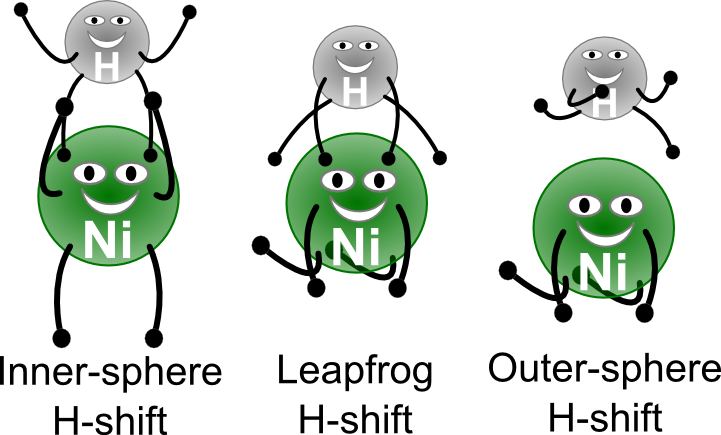
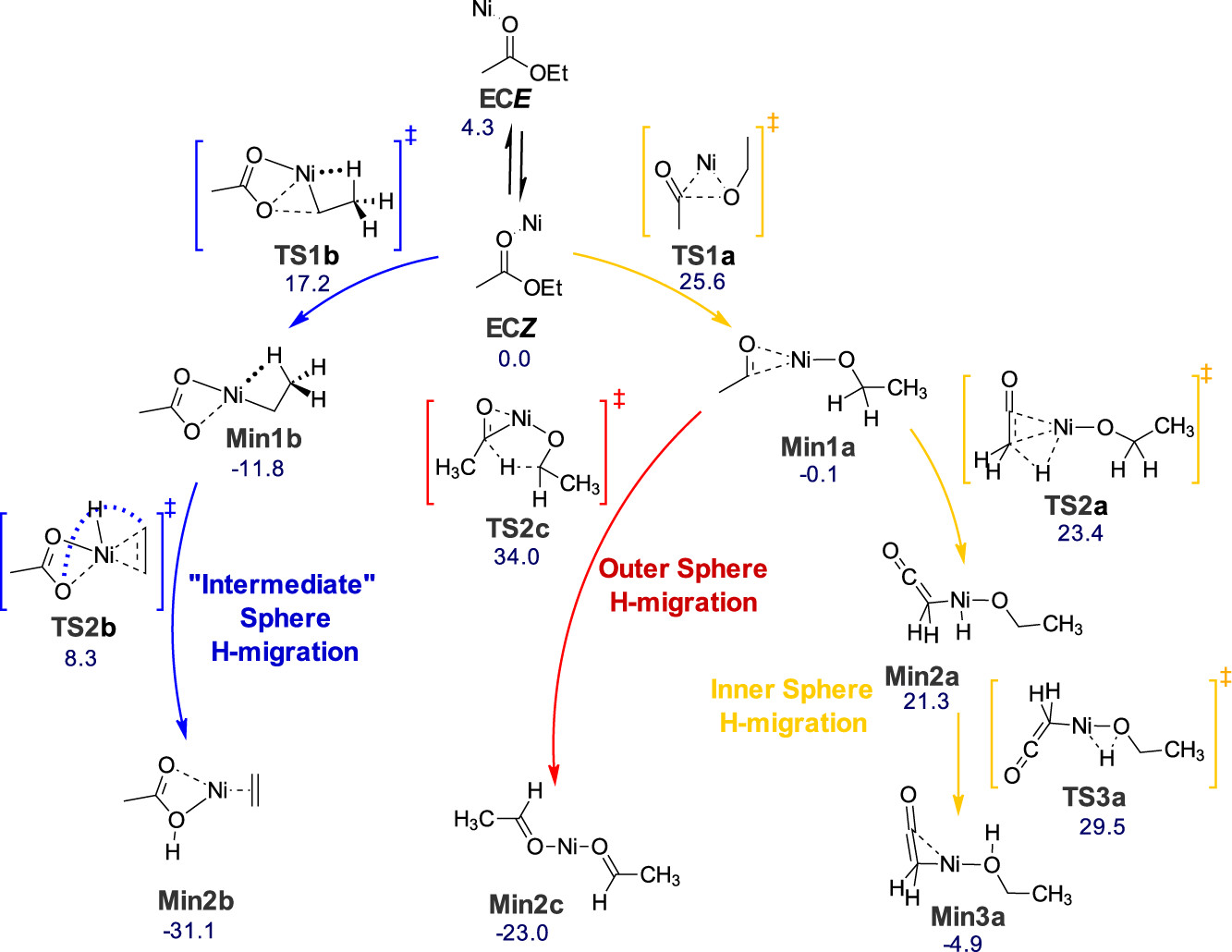
Post-transitional dynemic effects
Some reactions feature post-transitional bifurcations in their potential energy surface. The product distribution in these cases cannot be anticipated by comparing activation energies (Transition state theory, or any extension of it) and dynamic effects need to be explicitly taken into account. The beauty of these reaction lie not only in the shape of the potential energy surface, but also on the delicate balance that governs the product ratios. We are interested in exploring how much "memory" can be introduced into the reacting molecules by decorating their scaffolds with substituents that fine-tune the electronic and steric characteristics of the system.
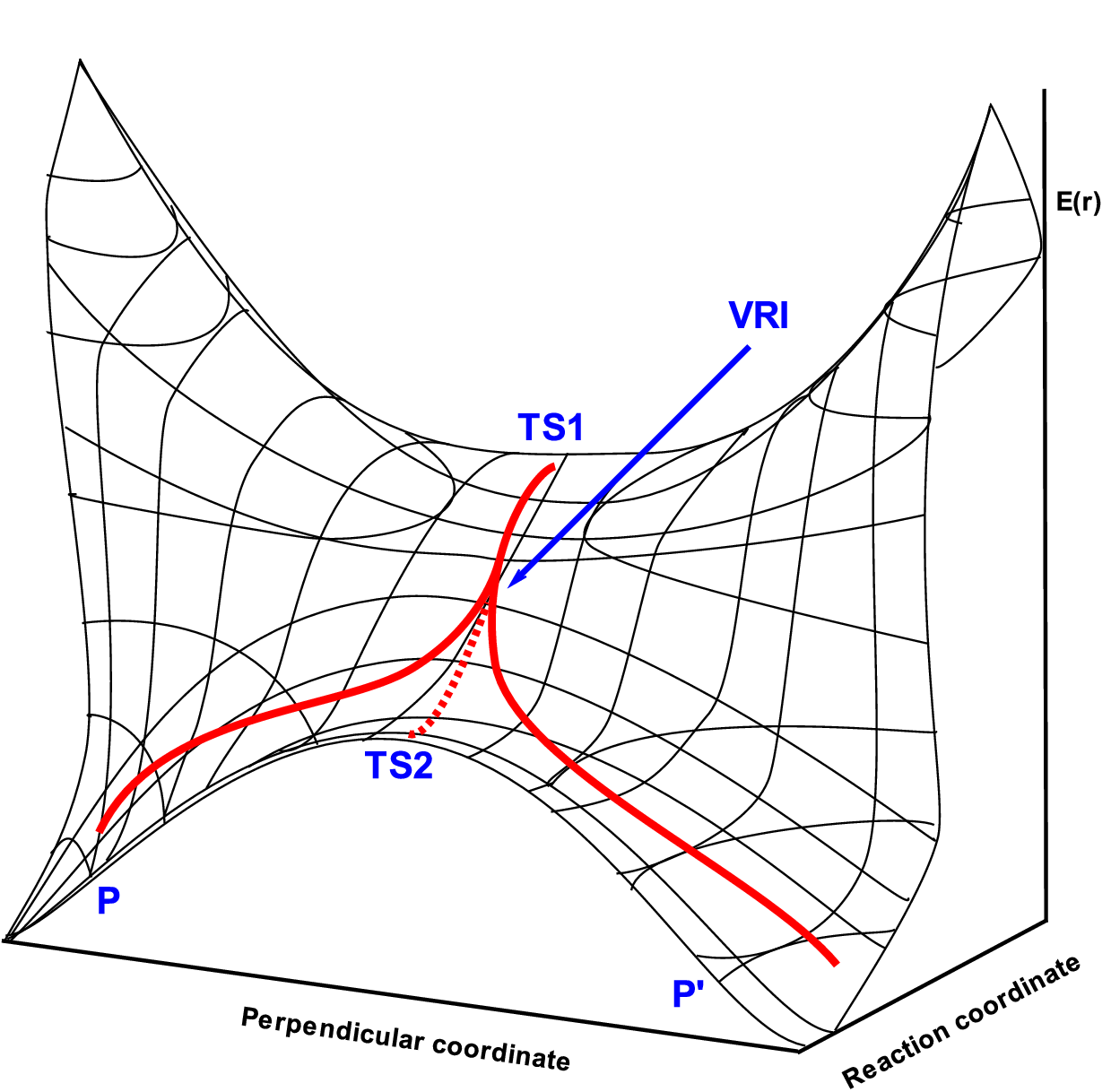
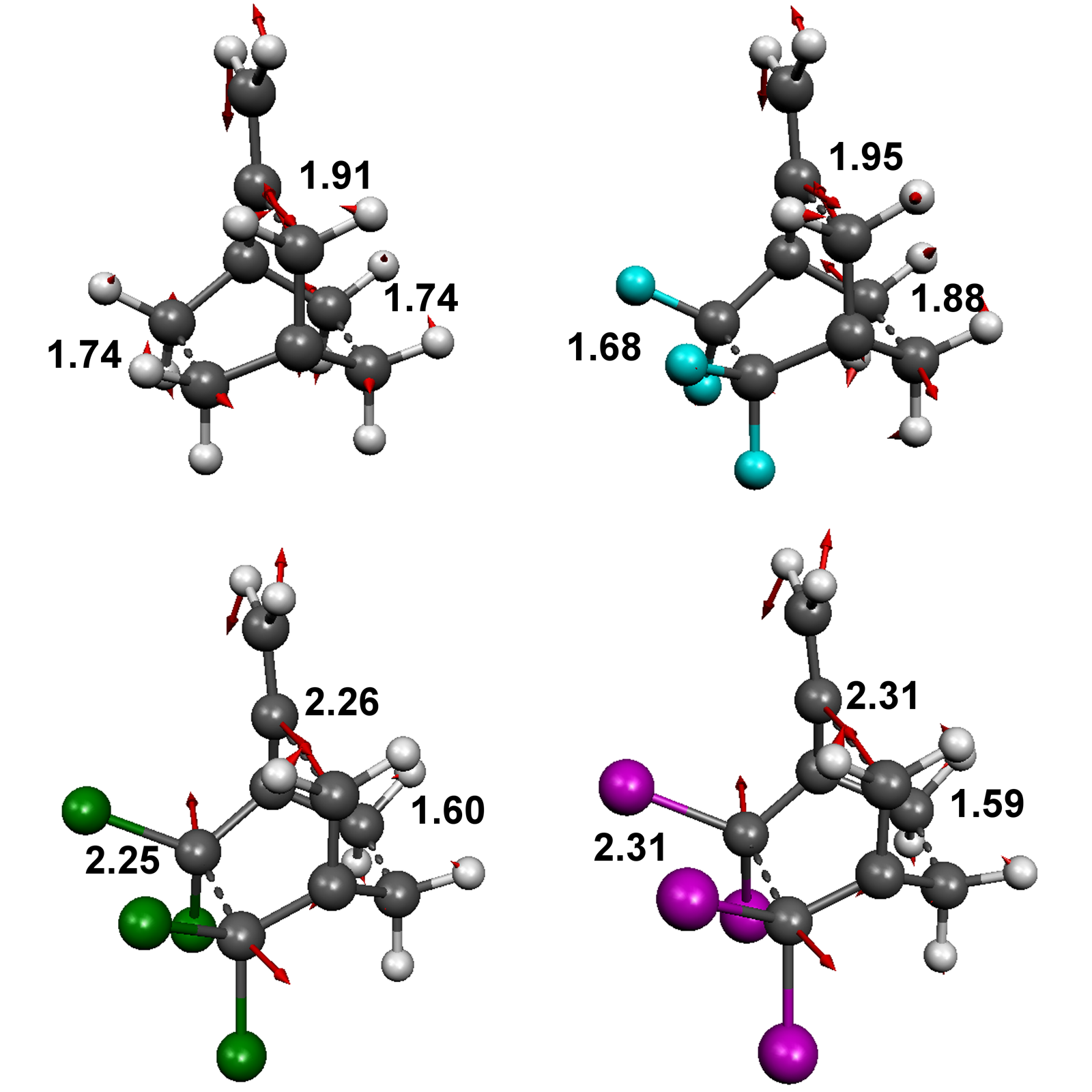
Computational Analysis of Pericyclic and Other Concerted Reactions
Lemal et al. described in 1976 that certain extremely facile automerization processes ocurring at low temperature appeared to ignore the Woodward-Hoffmann rules, and proposed the existence of a new subset of reactions termed pseudopericyclic.From a theoretical point of view, the distinction between pericyclic and pseudopericyclic reactions is not straightforward. In previous theoretical studies of these processes, Birney concluded that prototypical pseudopericyclic reactions exhibit three main features:
- they can be orbital symmetry allowed regardless of the number of electrons involved
- the energy barriers can be very low or even non-existing
- they have a planar transition state, if possible.
